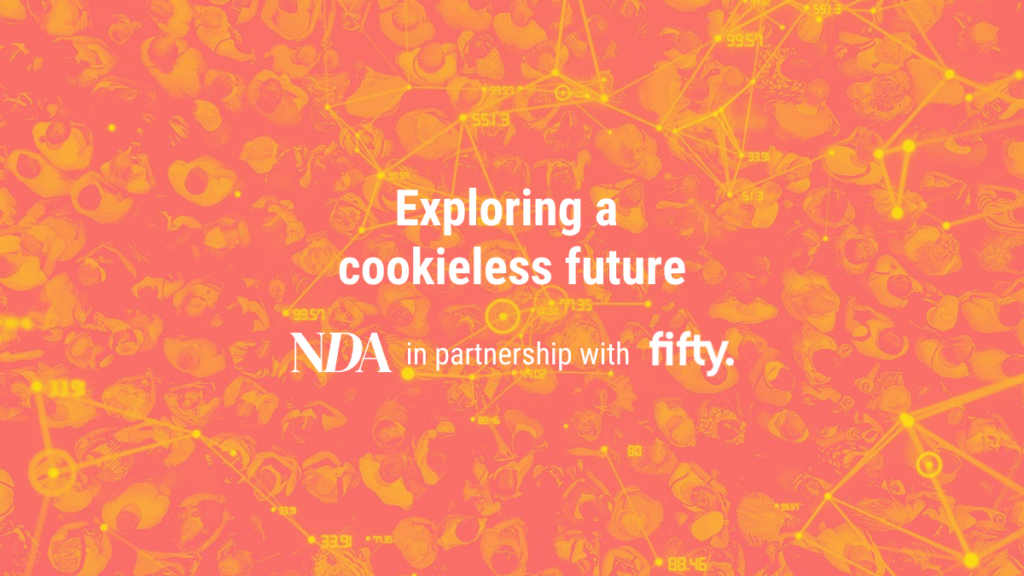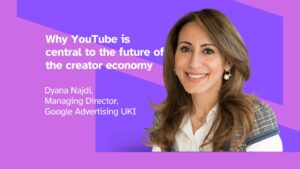NDA has partnered with Fifty on a series of articles exploring the cookieless future of marketing to find out how advertisers can prepare.
Fifty’s CEO, Simon Shaw, explains how his company’s approach to media planning and ad targeting converts social insights into next-generation contextual marketing.
What are the biggest issues facing advertisers right now?
The clear direction of travel in the advertising industry is towards less online tracking of individual consumers. This, in turn, means less ability to use the customer data obtained through tracking to power digital advertising strategies.
At Fifty, we see this trend as a good thing. Tracking and retargeting based on cookies and other form of digital ID, for me, represent lazy marketing and have always been very hit-and-miss when it comes to targeting the right customers. Our solution is an insights technology that leverages privacy-compliant social data and allows brands to understand their target customers in a much more meaningful way, then find those customers wherever they are spending time online.
We understand target audiences: we don’t track them. Fifty’s solution delivers a way of effectively targeting advertising that is cookie-less and ID-less but still highly addressable and capable of finding customers online that would have previously been missing from a brand’s media plans.
How can social insights be turned into effective media plans?
Fifty began life as a pure social insights company and our expertise in social insights is still the beating heart of our business. Our media proposition developed organically from our interactions with brands and the issues they were facing with traditional media buying and targeting tech.
When it comes to leveraging social insights, brands often say things like: “It’s really good to learn all this stuff; it’s interesting for sure, but what can we actually do with it?” Our platform makes it crystal clear how insights can be used to power actions and how to find the target audiences you already know about and, often, valuable target audiences that you currently don’t know exist.
For example, there are literally millions of car owners out there who don’t particularly care about cars. They couldn’t care less about fuel consumption stats or horsepower or acceleration. How do car manufacturers target that sort of audience, when all the traditional ways of advertising cars doesn’t do anything for them? What else do they care about?
Having a well-framed view of who it is you’re trying to engage and what actually matters to them as people, provides us with the information we need to construct contextual audience segments that live dynamically, evolving over time. This lets us know where to find those customers online today, as opposed to where they were six or twelve months ago, and then serve those target audiences with advertising that’s relevant to their personal passions. It’s a simple proposition at heart, powered by incredibly powerful technology. The analysis is complex, but the outcomes are simple.
How can brand decision makers find their target audiences without the use of digital IDs?
Data is not a substitute for strategy. It should be there to inform and empower. One of the key features of our platform is network visualization. We create maps based on hundreds of millions, sometimes billions, of data points, providing an easily digestible way of visualising huge concepts and complex relationships between audiences at scale. This makes it very transparent to our clients why we are recommending any action and what’s driving our decision making from a media buying perspective. I think we have one of the strongest UIs in adtech.
A lot of the work we do in a pure insights context is often very upstream, for example, brands researching new product lines, how to evolve their current offerings, or what their brand should stand for. We’re utilising billions of real-life data points across social as a panel to understand what real people care about.
From a media buying perspective, this allows us to be to be braver and potentially more expansive in knowing what topics appeal to a given audience and find the pages and articles online that are genuinely engaging that audience.
We are humanising contextual advertising technology. Almost every other contextual technology out there is basically based around finding keywords online. I can create a web page with the word ‘skiing’ appearing 5000 times, and it will be classified by those technologies as a skiing article.
Funnily enough, though, no one who likes skiing is reading that page, making it a waste of time and money for advertisers. Fifty’s approach, by contrast, ensures that media budget is only allocated to content that means something to our clients’ target audiences.












